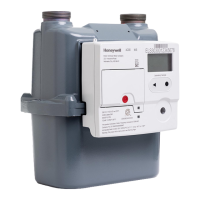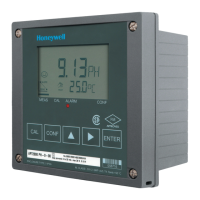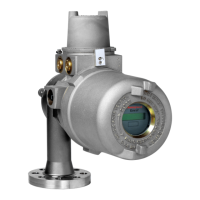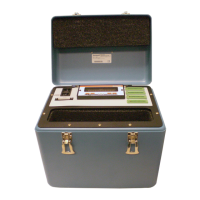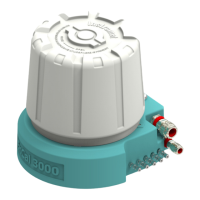93
7.6.4. Composite Points
The FTIR may sample up to 4 points together to speed up the scan rate. The disadvantage
of composite sampling is that the lower detection limit is raised because the flow from the
other sample points in the group dilutes the sample from one end.
When the ACM 150 monitor detects any non-zero gas concentration, it finds which point
has the target gas by searching, one by one, through all the points in the group. Because
any gas concentration other than zero will trigger a search, water detection should not be
active on any composite points.
When scanned individually, the points are treated as any in routine scanning. The dilution
factor does not apply. Alarm 1 / Alarm 2 incidents initiate the actions as described in Alarm
1/Alarm two incidents and Actions.
Composite Point groups have only one advantage. They shorten the scan cycle. Since the
ACM 150 monitor typically monitors air with no target gases, the readings are usually zero.
Composite sampling enables the ACM 150 monitor to increase its scan rate until a gas
leak occurs.
Figure 60. Composite Points

